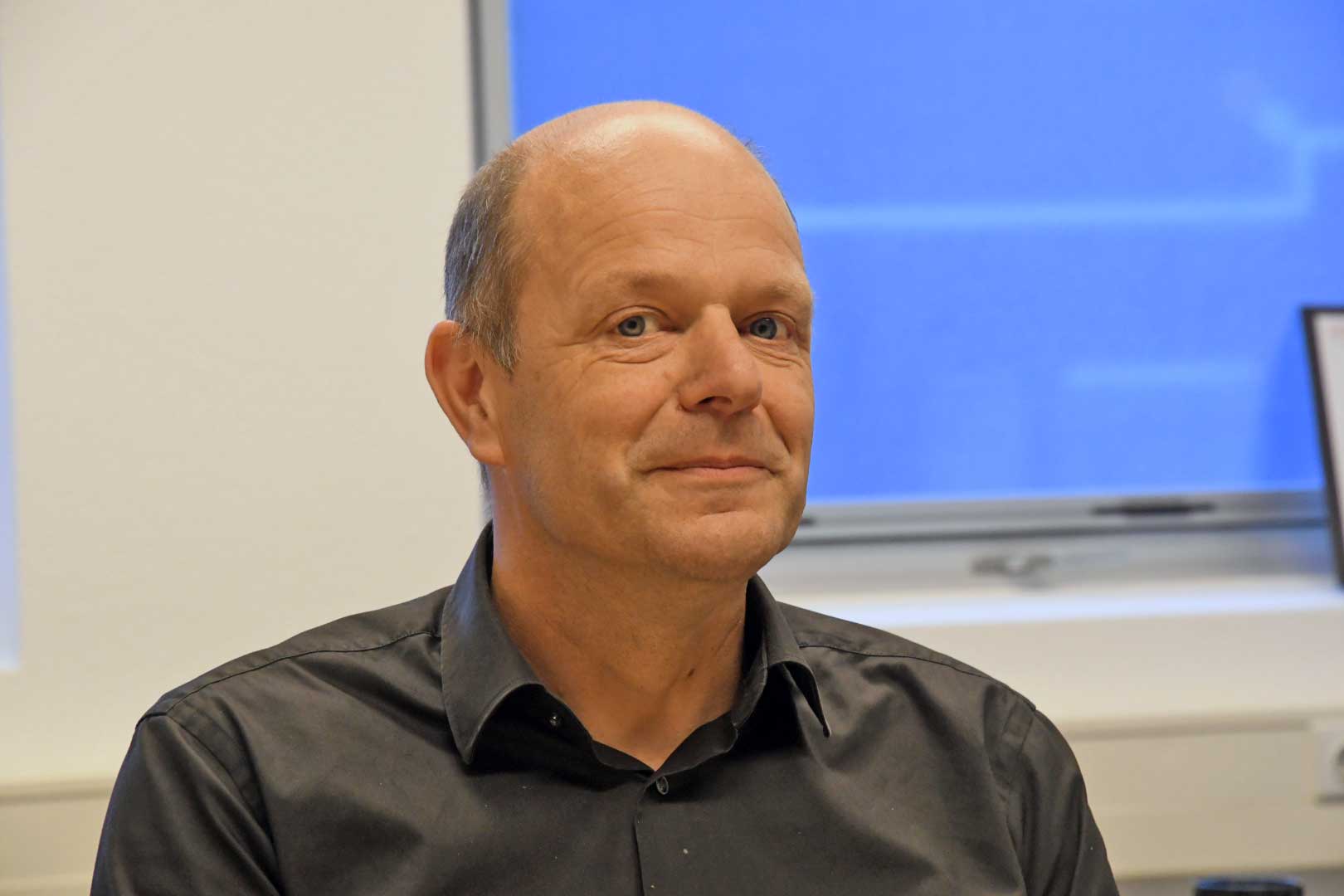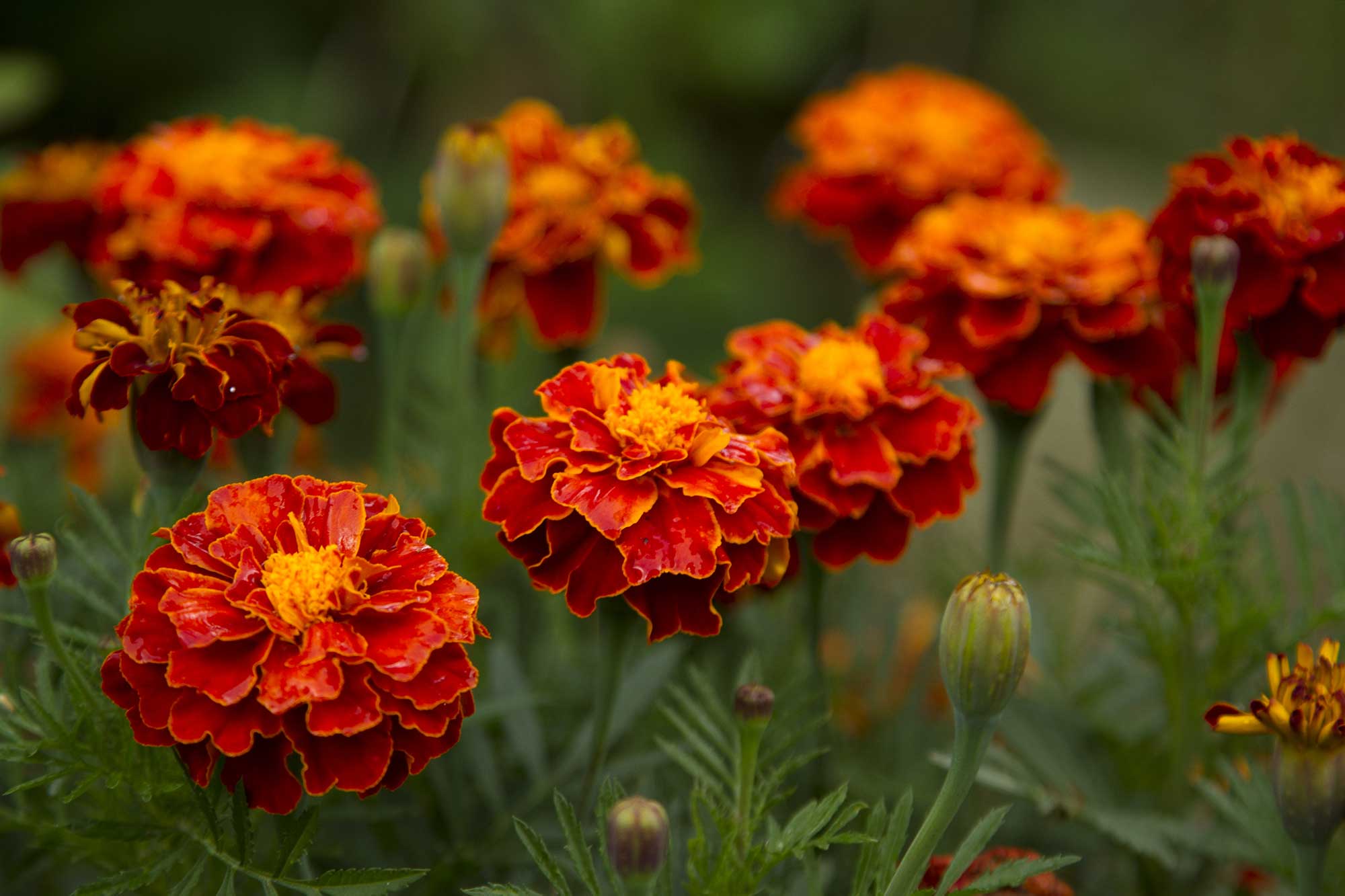The Bio Cooperative was founded in 2016 in accordance with a comparable cooperative model in the Life Sciences. Vries: “Many SMEs are involved in projects relating to sustainability and the greening of the chemical industry, for example, as well as in initiatives focused on processing biomass streams and recycling. These companies want to collaborate to have a bigger impact, but then mutually as entrepreneurs; they do not want to be managed by a government organisation or a knowledge institute.”
Generating Business
In the meantime, the Bio Cooperative has more than 20 members from all corners of the bio-economy, ranging from feedstock producers and residual stream processors to chemical and polymer companies, engineering plants and research laboratories. Their collective goal: to generate more business for and by entrepreneurs in the bio and circular economy in the Northern Netherlands. The Cooperative does this by working together in the area of innovation and financing, lobbying, human capital and marketing & acquisition.
According to Vries it is furthermore useful that highly divergent companies can sometimes take a look behind the scenes of their mutual operations. “This can inspire them to do new things together, which in turn generates more business. That too is an important driving force. It would conceptually be great if, for example, you can link a company involved in green residual streams to another company with knowledge of chemistry that in turn can be linked to a company with the knowledge required to produce bio-polymers. Bringing different parties together to create new chains indeed is one of the Bio Cooperative’s objectives.”
Bio Port
The level of cooperation now is going a step further with the Bio Port project. This is a new initiative in which the Bio Cooperative works together with Chemport Europe and the organisation of knowledge institutes in the Bio Economy Region Northern Netherlands (BERNN). Vries: “In the Bio Port we challenge our members to submit ideas for specific business cases that subsequently are critically reviewed by people with expertise in these areas. Today you’ll often see parties that will start marketing an idea that sounds good in principle, but that just falls short of meeting the market criteria an investor would be looking for. When we ensure up front that the plan is sound and that it is formulated in such a way that industry will find it interesting, then this increases the chances of obtaining financing. That is the basis of Bio Port: develop your plans in such a way that another party is prepared to invest in it.”
The means to accomplish this is a staged model. For example, there are two managers that counsel the entrepreneurs in shaping the business case in accordance with industrial standards: one from the business sector and one from a knowledge institute. Next, the plan is evaluated by an independent board consisting of six specialists: three from the region and three external to the region. “They ultimately decide whether the plan is ready to take to a financier. They give it a stamp of approval as it were, and this increases the region’s chances that the projects will actually be successful.”
Marigolds
An ideal project for Bio-Port, for example, is the cultivation and processing of Tagetes (Marigolds). These plants are used to control nematodes in potato plots. However, they also contain various interesting substances, such as lutein, a substance that is linked to reducing cataracts. Vries: “We currently have a project with farmers in the Province of Drenthe region that can organise the harvest of Marigolds, and a group with chemical expertise that can extract the lutein from them and in turn use it to produce substances of greater value, such as zeaxanthin.”
The chemical and technological side of this business was investigated by André Heeres, lecturer at the Hanze University of Applied Sciences. However, the business case needs more than that. It addresses questions such as: what is the market like? Are there any interested potential buyers? What market share can be achieved? “These types of questions must be answered before you can submit a proposal to an investor or buyer. Carrying out a sound analysis at the front end so as to improve your plan is what it’s all about. It does not get any more complicated than that.”
In the meantime, 15 projects have been identified in the Northern Netherlands that potentially are suitable for going through this process. Bio Port officially started up in mid-2019.
This article was written in Cooperation with the Bio Cooperative Northern Netherlands





